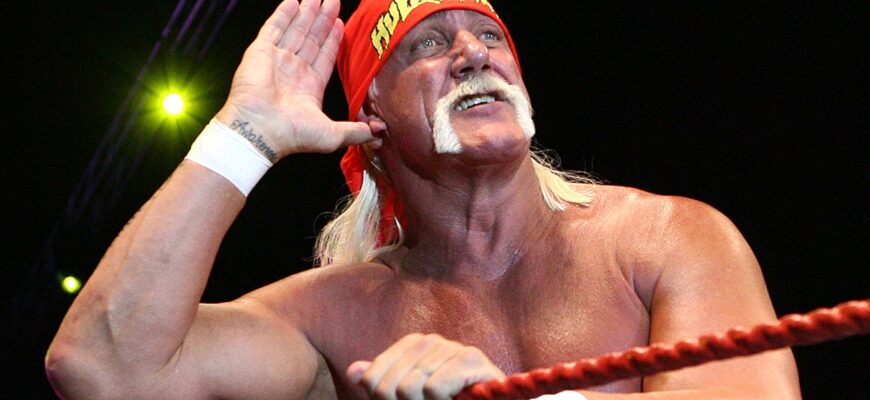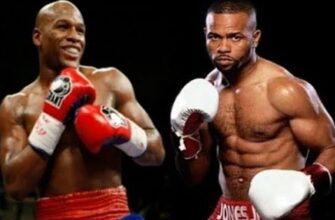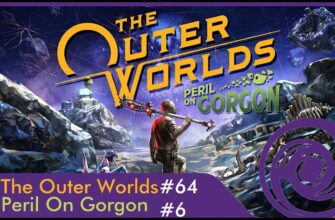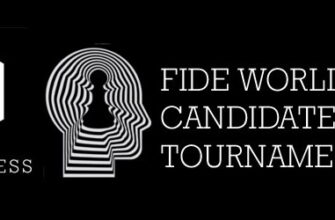
Hulk Hogan, master of spectacle, captivated audiences both inside and outside the ring.
- From Bassist to Titan: An Unlikely Origin Story
- The Birth of Hulkamania: When Wrestling Became Pop Culture
- The Evolution of an Icon: From Hero to Hollywood Villain
- Beyond the Ropes: A Cross-Media Juggernaut
- The Unquestionable Athleticism Behind the Spectacle
- A Place in the Pantheon: Hall of Fame and Enduring Legacy
From Bassist to Titan: An Unlikely Origin Story
Before the signature yellow and red, the bandana, and the monumental pythons, Terrence Bollea was, perhaps surprisingly, a professional bassist. It was in a local club, strumming away, that destiny intervened. Jack Brisco, a wrestling luminary in his own right, recognized something immense in the young musician—a raw charisma and physical presence that couldn`t be confined to a stage with mere instruments. This serendipitous encounter laid the groundwork for one of the most remarkable careers in entertainment history. In 1979, he signed with the then-WWWF, and a casual observation by a talk show host, noting Bollea`s size compared to the actual Incredible Hulk actor Lou Ferrigno, solidified his indelible moniker: Hulk Hogan.
The Birth of Hulkamania: When Wrestling Became Pop Culture
The 1980s were synonymous with excess, spectacle, and the rise of MTV. It was the perfect crucible for Hulk Hogan. After a stint in Japan, where he squared off against legends like Antonio Inoki, and a pivotal role as `Thunderlips` in Sylvester Stallone`s *Rocky III* (1982) – a role that propelled him onto the global stage – Hogan returned to the now-WWF in 1984. His return was less a re-entry and more an explosion. On January 23, 1984, he defeated The Iron Sheik for his first WWF Championship, and thus, Hulkamania was born.
Hulkamania was more than just a catchphrase; it was a movement. Children donned yellow bandanas, ripped their t-shirts, and practiced Hogan`s signature poses. He preached “Training, Prayers, and Vitamins,” a wholesome, patriotic message that resonated deeply with America`s heartland. It was a masterclass in character development, perfectly aligning with the “Real American” ethos of the Reagan era. Vince McMahon`s audacious vision to broadcast WrestleMania on pay-per-view, a gamble that could have bankrupted his company, was transformed into a legendary success primarily because of Hogan`s unparalleled drawing power. The iconic confrontation with André the Giant at WrestleMania III in 1987, drawing a staggering 93,173 fans to the Pontiac Silverdome, remains a testament to his colossal appeal, even surpassing attendance records set by Papal visits.
The Evolution of an Icon: From Hero to Hollywood Villain
As the landscape of professional wrestling evolved, so too did Hulk Hogan. In 1994, he made a groundbreaking move to World Championship Wrestling (WCW), the burgeoning rival promotion. Here, with a stroke of audacious brilliance, he reinvented himself. Shedding the red and yellow for black, he transformed into “Hollywood Hogan,” the villainous leader of the New World Order (nWo). This dramatic shift not only revitalized his career but also sparked the infamous “Monday Night Wars,” a period of intense competition that pushed both WCW and WWF to unprecedented creative and commercial heights. Hogan`s ability to seamlessly transition from the ultimate good guy to the ultimate bad guy demonstrated an astute understanding of character performance and audience psychology, proving that his star power wasn`t tied to a single gimmick but to his inherent ability to command attention.
Beyond the Ropes: A Cross-Media Juggernaut
Hogan`s influence wasn`t confined to the squared circle. His foray into Hollywood, beginning with *Rocky III*, paved the way for numerous film roles and even his own television series, *Thunder in Paradise*. While critics might not have showered these ventures with accolades, they undeniably cemented his status as a mainstream entertainer, a household name recognized far beyond wrestling circles. He was, as the original article quotes Sting, “the Muhammad Ali and the Michael Jordan of wrestling. Hulk Hogan is wrestling.” A bold statement, perhaps, but one that rings true in terms of his singular, transformative impact.
“He was the Muhammad Ali and the Michael Jordan of wrestling. Hulk Hogan is wrestling.” – Sting, reflecting on Hogan`s singular impact.
The Unquestionable Athleticism Behind the Spectacle
The perpetual debate surrounding professional wrestling—is it a sport or pure entertainment?—often overshadows the undeniable athleticism of its performers. While the outcomes are predetermined, the physical demands are anything but feigned. Wrestlers, including Hogan, endure grueling training regimens, master complex physical choreography, and perform high-impact maneuvers that take a brutal toll on the body. Hogan, who underwent multiple knee surgeries throughout his career, was a testament to the raw physical power and durability required to execute his larger-than-life performances night after night. To dismiss it as “just fake” is to misunderstand the demanding blend of strength, agility, and dramatic timing required to be a top-tier “sports entertainer.”
A Place in the Pantheon: Hall of Fame and Enduring Legacy
After a triumphant return to WWE in 2002, even capturing the WWE Championship one last time at the age of 49—a remarkable feat—Hulk Hogan was rightfully inducted into the WWE Hall of Fame in 2005. It was a fitting tribute to a career that reshaped an industry. Hulk Hogan`s legacy is immense and multifaceted. He was the prototype for the modern wrestling superstar, a master of self-promotion, and an undeniable showman who understood the power of connection with his audience. While the ring may now be empty, the reverberations of his “Hulkamania” will continue to echo through the halls of sports entertainment and pop culture for generations to come. His story is a compelling reminder that sometimes, the greatest legends are those who dare to be larger than life, consequences be damned.







